

Irene Pandiangan
IT Business Consultant
6 min read
13 February 2025
High-Tech, High Tide: How digital solutions are shaping the 'blue economy'
With the United Nations (UN) Sustainable Development Goals (SDGs) agenda nearing its end in 2030, many organizations are pushing forward to realize the 17 goals. Being based in Bali, SDG 14 “Life Below Water” is much closer to heart. When you hear the word ‘Bali’, what comes to mind? Yes, exactly! It must be the serene beaches and marine biodiversity. As an island city, Bali depends on the ‘Blue Economy’ for livelihood, be it for sustenance, jobs, or leisure. But, the sustainability of Bali’s environment has been in jeopardy because of the massive exploitation of resources.
What is the ‘Blue Economy’ exactly?
There hasn’t been a single, universally accepted definition of the 'blue economy'. Alternative terms, like ‘blue economy’, ‘ocean economy’, ‘maritime economy’, or ‘sustainable ocean economy’, are often used interchangeably by international organizations or government institutions. But at its core, the ‘blue economy’ refers to the economic activities connected to the ocean, seas, and coastal regions—allowing the use of marine resources responsibly and simultaneously preserving the marine ecosystem.

Attending Bali Ocean Days
As a part of Bali islanders, Incentro attended Bali Ocean Days 2025 last week. The 2nd Bali Ocean Days Conference and Showcase aims to promote a sustainable and inclusive blue economy for all. This year’s theme is “Empowering Blue Tech and Advancing Sustainable Ocean Solutions”. When there’s ‘tech’, we just can’t seem to not participate, can we?
The conference—held on February 7–8—was such an inspiring gathering of experts dedicated to protecting the marine environment and driving the global shift towards a sustainable blue economy. Not just industry experts, we got to meet key stakeholders, including government representatives, financial institutions, NGOs, and industry leaders.
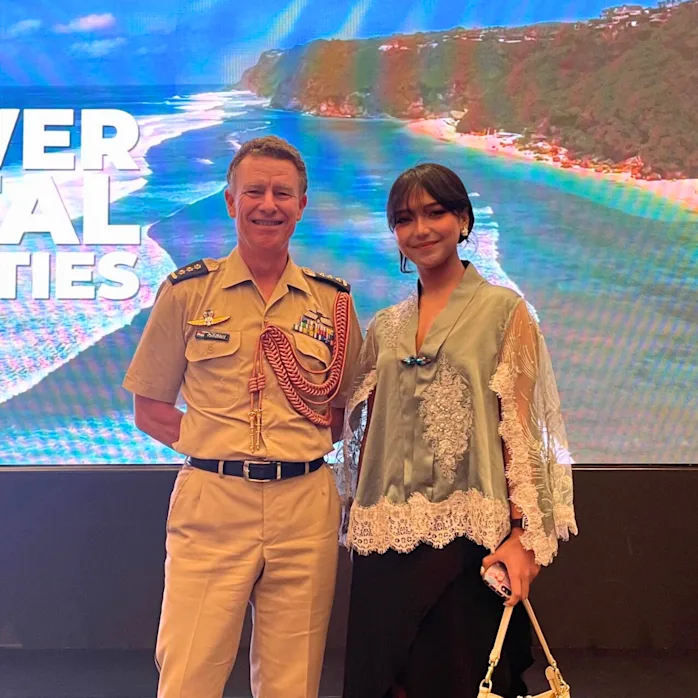

Capturing the benefits of IoT, cloud computing, and artificial intelligence
Through the conference, we learned that the marine conservation sector has applied technological advancements to safeguard our oceans, from AI-driven monitoring systems to digital platforms for sustainability businesses. In connection with the theme, key discussions highlighted how technological solutions can address marine pollution, protect and restore coastal ecosystems, and optimize the sustainable use of marine resources.
One aspect that excited us was the exploration of AI applications in ocean monitoring. Take CSIRO for example. The Commonwealth Scientific and Industrial Research Organisation (CSIRO) is the Australian government agency carrying out scientific research. At Bali Ocean Days, they presented a case study on using AI and satellite imagery to detect illegal fishing activities and monitor water quality. CSIRO also leverages machine learning algorithms and makes use of real-time data to predict environmental changes and detect threats, like plastic accumulation in the ocean.
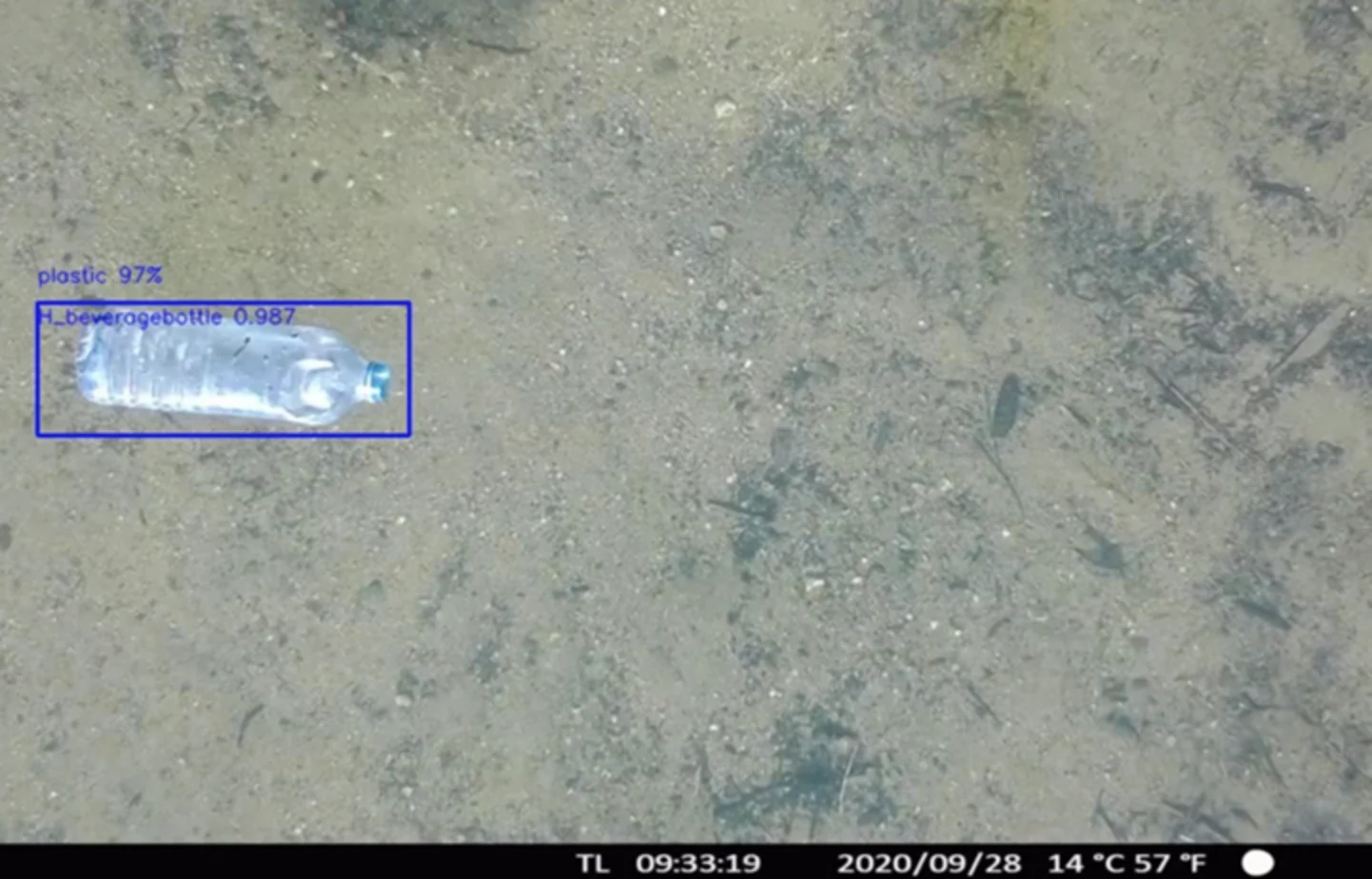
AI can also be implemented to tackle marine pollution, particularly plastic waste. Tech-driven startups presented innovative waste management solutions powered by cloud computing and the Internet of Things (IoT). Smart waste tracking systems, sensor-equipped collection points, and AI-powered waste sorting technologies are optimizing recycling processes and reducing marine pollution. These advancements demonstrate how digital transformation can drive efficiency in waste reduction and contribute to a circular economy.
A great example of another way to use AI is OceanX. They leverage advanced underwater robotics and AI-powered exploration tools to study Indonesia’s deep-sea ecosystems as part of the ‘Indonesia Mission 2024’ in partnership with Indonesia's Coordinating Ministry for Maritime & Investment Affairs (Kemenkomarves) and the National Research and Innovation Agency (BRIN). Their research will unlock Indonesia's undiscovered wonders, and as the co-CEO and chief science officer of OceanX Vincent Pieribone said, “Indonesia’s ocean plays a central role in the country’s economy, geopolitics, culture, and natural environment. With that in mind, OceanX is committed to providing valuable insights into this vital resource. By collecting comprehensive data, we aim to empower informed decision-making – for sustainable fishery management, effective conservation strategies, and proactive mitigation efforts to safeguard against future natural disasters." The best part was—and, definitely the highlight of the event—their scientific mission was recognized with the Sky Blue Sea Foundation Awards.
AI has proven to increase productivity, better decision-making, assist with precision information, and much more. Nearly all Asia Pacific countries are taking steps to leverage AI, including in the maritime industry.
Blockchain for transparent and sustainable fishing
According to the UN Food and Agriculture Organization (FAO) report “The State of World Fisheries and Aquaculture 2020”, 34% of global fish stocks are overfished or unsustainably high, while another 60% are maximally fished—meaning any increase in catch rates could push them into overfishing territory. The Asia-Pacific region plays a major role in global seafood supply, contributing 55% of the world’s fish catch volume. However, rising overfishing rates threaten ocean sustainability and long-term food security.
As overfishing continues to be a pressing issue, blockchain technology is emerging as a powerful tool for creating transparency in seafood supply chains. At Bali Ocean Days 2025, experts highlighted how blockchain can track seafood from ocean to plate, ensuring ethical and sustainable sourcing. Companies adopting blockchain can provide consumers with verifiable data on where their seafood comes from, helping to promote responsible fishing practices and protect marine ecosystems.
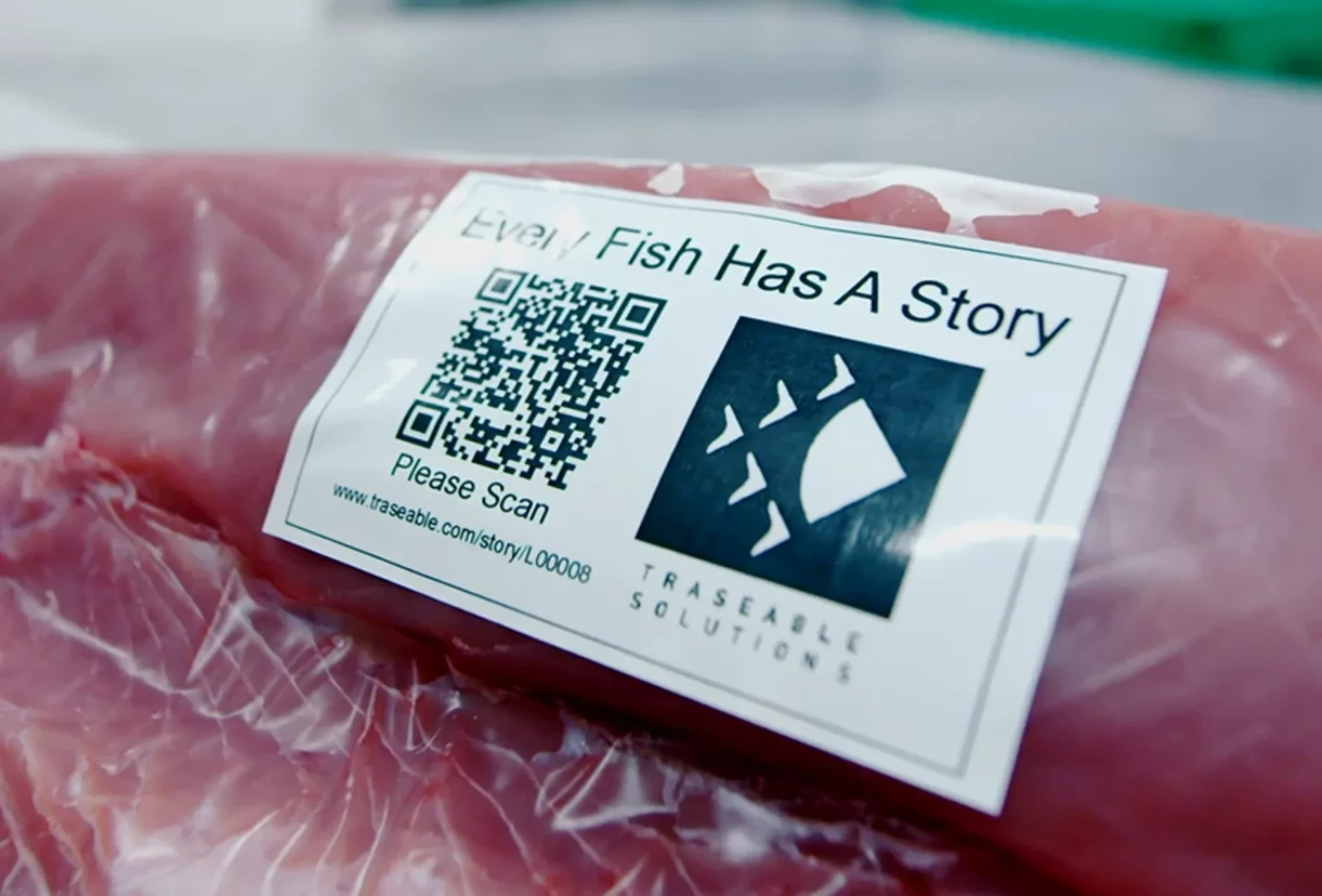
Digital solutions for eco-friendly marine tourism
Bali’s beautiful oceans aren’t just a sight to see—they’re the heart of its tourism industry. With more visitors comes the need to protect Bali’s (and Indonesia's) environment. That’s where digital solutions come in, making it easier for travelers to make eco-friendly choices while exploring.
At Bali Ocean Days 2025, experts shared how technology is shaping the future of sustainable travel. From smart booking platforms that highlight eco-friendly hotels to apps that connect travelers with marine conservation projects, digital tools are helping people travel responsibly. Some platforms even include sustainability ratings or metrics helping travelers pick tours and stays that support ocean conservation.
With AI, blockchain, and data-driven insights, businesses can be more transparent about their environmental impact, and travelers can make choices that support ocean conservation. As sustainable tourism grows, tech-driven solutions will play a big role in keeping Bali’s marine ecosystem thriving—for both visitors and future generations.
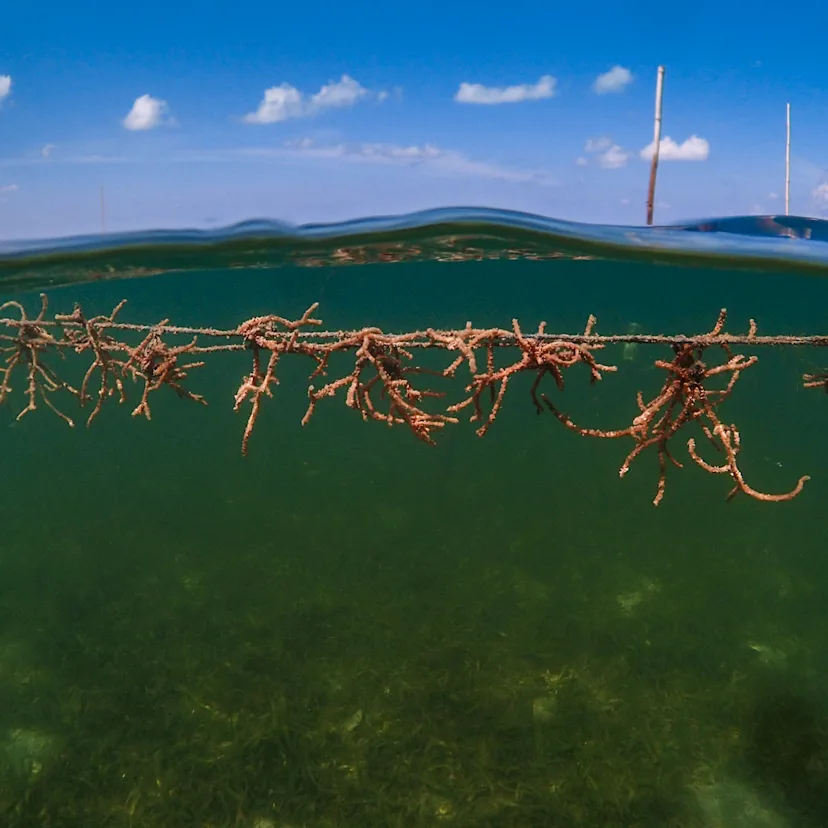

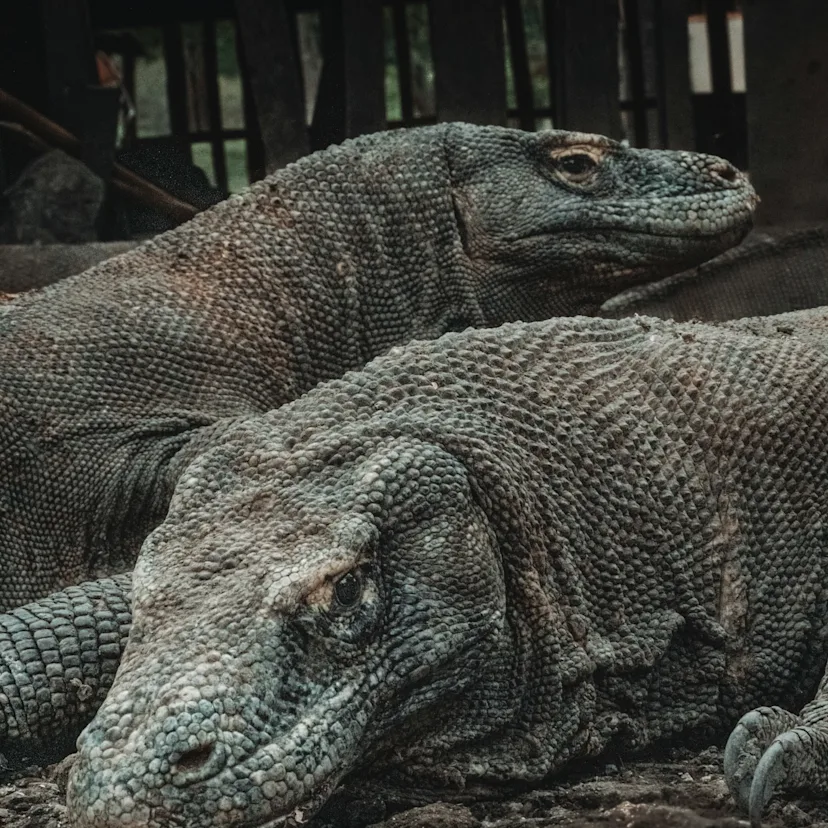
Conclusion
Tech-driven sustainability, here we come!
Bali Ocean Days 2025 highlighted the growing need for continued investment in technology to drive ocean conservation and sustainable economic growth. As a leader in digital transformation, Incentro recognizes the vast potential for collaboration with marine conservation organizations, policymakers, and sustainable businesses to develop cutting-edge solutions that create real impact.
The blue economy is rapidly evolving, with technology playing a crucial role in its transformation. By harnessing AI, blockchain, IoT, and cloud computing, we can build scalable, data-driven solutions that protect marine ecosystems while promoting sustainable economic development. Moving forward, cross-industry partnerships will be essential in turning these technological innovations into real-world, actionable solutions that safeguard our oceans for future generations.




